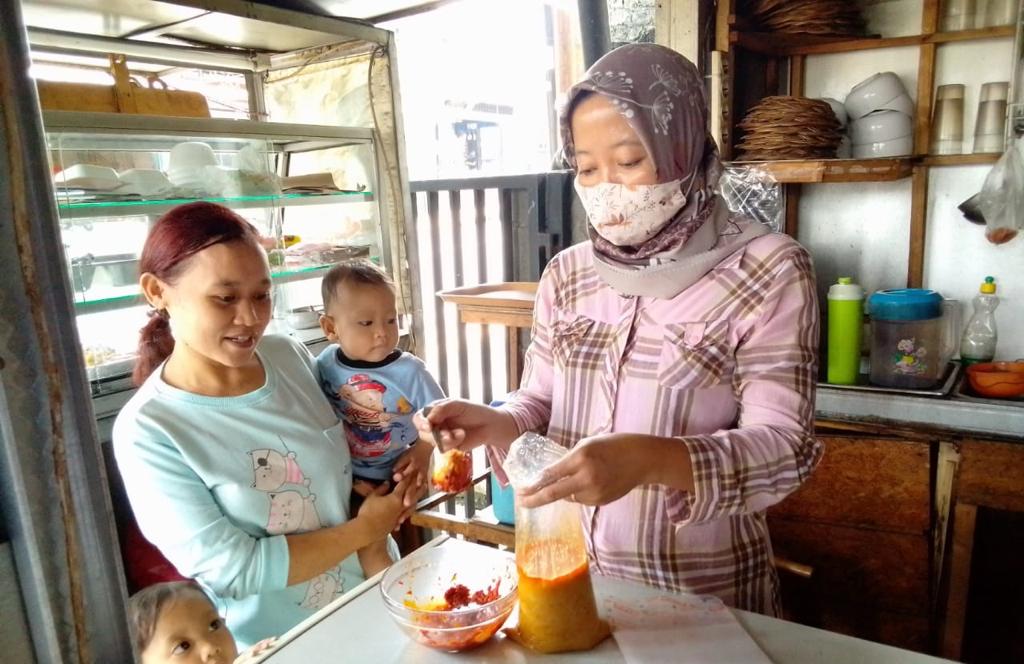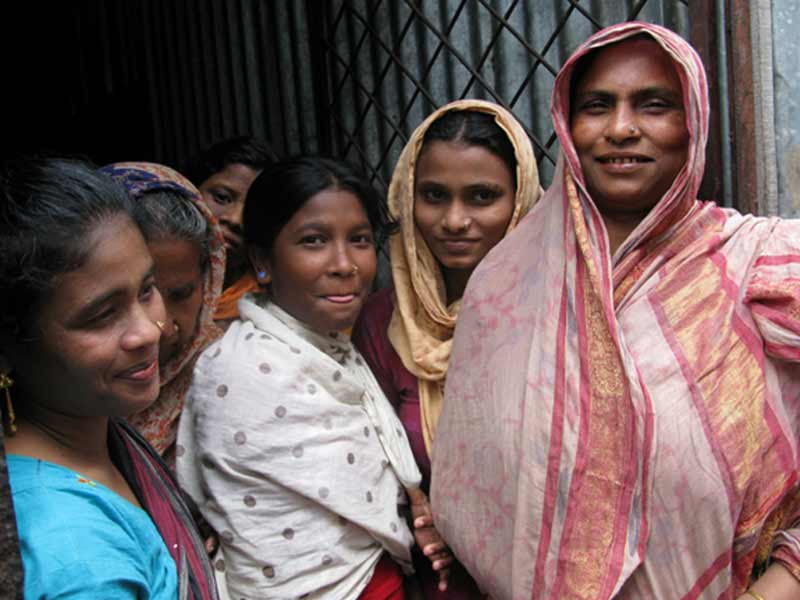Can E-commerce Fight Food Insecurity?
According to the UN, COVID was an “e-commerce turning point.” As businesses and consumers increasingly went digital to deal with pandemic restrictions, e-commerce sales rose nearly a $1 trillion (USD) globally, to over $4 trillion in 2020. But as the pandemic wanes, this trend seems not only here to stay, but set to expand. By 2024, global e-commerce sales are expected to climb over $6 trillion.
This is good news, and for reasons beyond dealing with a pandemic. In both developing and developed countries, e-commerce has emerged as a leader in the fight against food insecurity.
Food Security Benefits of E-Commerce
The COVID pandemic exposed the risk inherent in a hopelessly complex and sprawling global food system. As countries closed their borders and moved into lockdowns, food supply chains were interrupted and thrown into disarray. All told, more than 450 million more people found themselves food insecure in 2020 than the year before.
E-commerce provides a way of strengthening local food systems, reducing the difficulty and cost of connecting producers, sellers, and consumers, and lowering the impacts of market failures resulting from shocks. This means more resilient local food systems.
Significantly, it also means less food waste. Even before COVID, 30-40% of the food produced in the Asia-Pacific region, for example, was lost between production and market. E-commerce connects actors to reduce these losses. It also connects those with surplus or damaged food products that would otherwise be thrown away with those hungry people who need them most.
The Digital Divide
This rise of e-commerce has not reached all equally. Many low-income countries lack the digital infrastructure to properly facilitate e-commerce, particularly in poor communities most faced with food insecurity.
But given the impact of e-commerce in fighting food insecurity, policymakers in these countries should search for ways to prioritize improvements in digital infrastructure and regulatory frameworks for secure online transactions.
Think Small
One key when it comes to e-commerce is that you don’t necessarily have to think big. Not every endeavor has to be Amazon or Alibaba.
Look to Chilibeli, an online shopping platform in Indonesia which is connecting communities, facilitating micro-entrepreneurship, and empowering marginalized groups.
Look to the power of Facebook in Bangladesh, where nearly 10,000 e-commerce pages exist, or Fiji, where the Barter for Better Fiji group has already grown to nearly 200,000 members since it was launched in April, 2020.
Elsewhere, local markets moved online when physical locations closed, allowing them to continue to operate. Some governments in low-income countries even helped circulate phone numbers for food producers, which customers could call to order groceries, pay through their phones, and have their goods delivered.
E-commerce can be an important tool in the fight against food insecurity
For low- and middle-income countries in particular, those able to harness this potential will be better placed to take advantage of an increasingly digitized economy, and more resilient to shocks in the future. Those that don’t will fall further behind.



